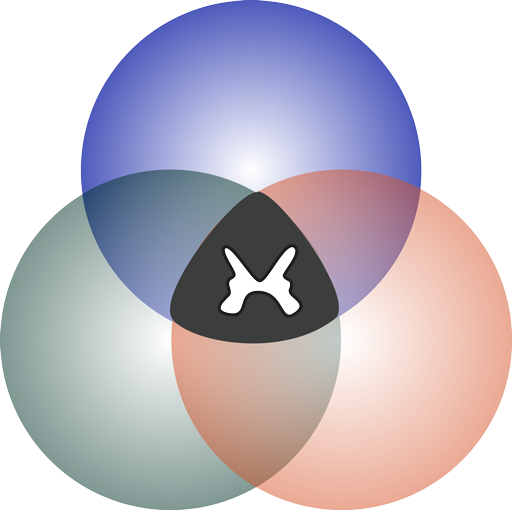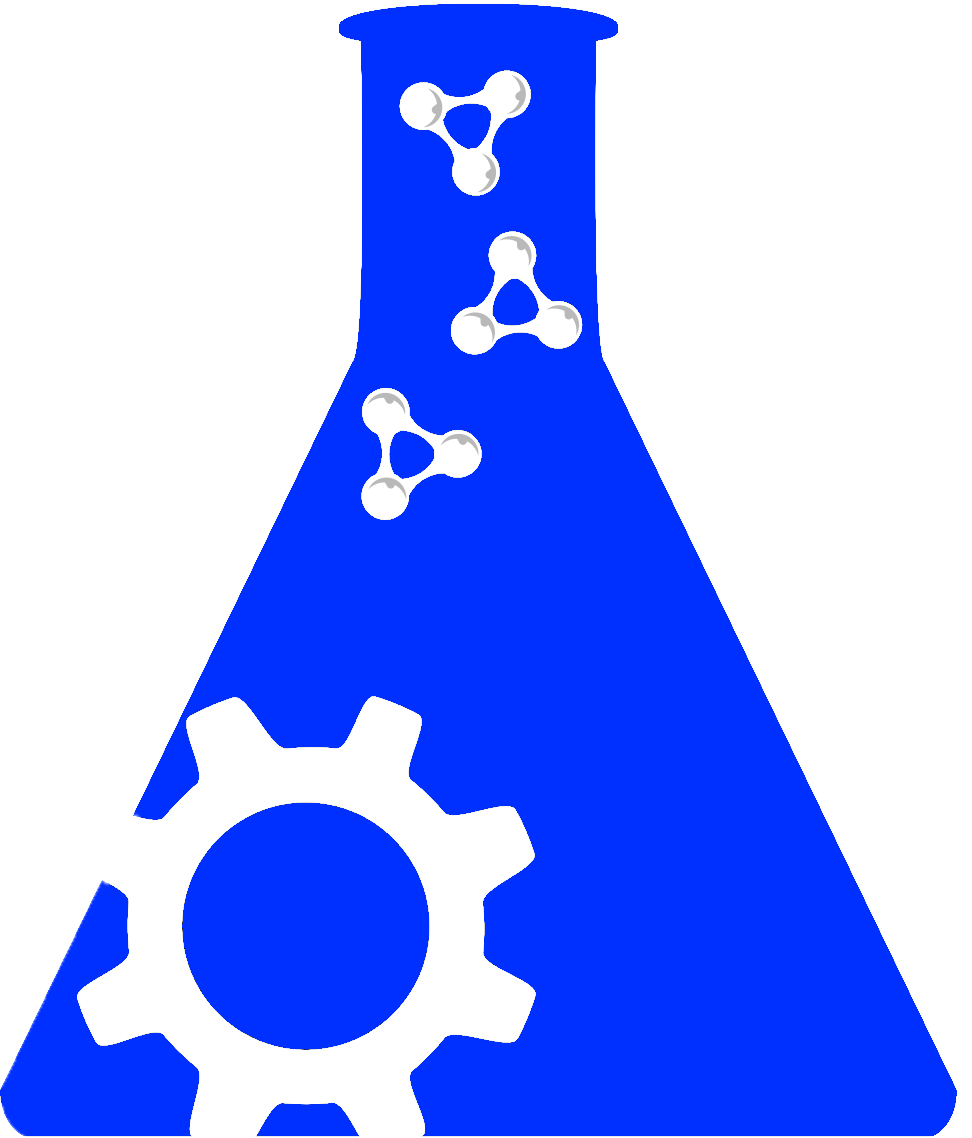Full Data Package |
Data Dictionary |
|||
|---|---|---|---|---|
Create new odc-sci Account and/or log in to download the file. |
||||
Immune phenotyping SCI patients versus healthy controlsDOI:10.34945/F5588XDATASET CITATIONFraussen J., Beckers L., van Laake-Geelen C. C.M.., Depreitere B., Deckers J., Cornips E. M.J.., Peuskens D., Somers V. (2022) Immune phenotyping SCI patients versus healthy controls. ODC-SCI:774 http://doi.org/10.34945/F5588XABSTRACTSTUDY PURPOSE: Following a spinal cord injury (SCI), an inflammatory immune reaction is triggered which results in advanced secondary tissue damage. The systemic post-SCI immune response is poorly understood. This study aimed to extensively analyse the circulating immune cell composition in traumatic SCI patients in relation to clinical parameters.DATA COLLECTED: High-dimensional flow cytometry was performed on peripheral blood mononuclear cells of 18 traumatic SCI patients and 18 healthy controls to determine immune cell subsets. SCI blood samples were collected at multiple time points in the (sub)acute (0 days to 3 weeks post-SCI, (s)aSCI) and chronic (6 to >18 weeks post-SCI, cSCI) disease phase. Not all time points were available for every included SCI patient due to organizational issues (late inclusion) or withdrawal of subjects from the study. Twelve SCI patients presented with a cervical injury, 5 with a thoracic injury and 1 with a lumbar injury. We first analyzed the major immune cell subsets in PBMC of HC, (s)aSCI patients and cSCI patients. These included CD14+ monocytes, natural killer (NK) cells, which are classically divided into cytotoxic CD56loCD16+ and highly cytokine producing CD56hiCD16+/- subsets, CD19+ B cells and CD3+ T cells, divided into CD4+ helper and CD8+ cytotoxic subsets. Next, the following subsets were studied in both CD4+ and CD8+ T cells: naive (Tnaive, CD45RA+CD45RO-), memory (Tm, CD45RA-CD45RO+), effector memory (Tem, CD45RA-CCR7-), central memory (Tcm, CD45RA-CCR7+), effector memory re-expressing CD45RA (Temra, CD45RA+CCR7-) and regulatory (Treg, CD25+CD127low). CD19+ B cells were studied in more detail by analysis of CD24hiCD38hi transitional, IgD+CD27- naive, IgD+CD27+ non class-switched memory (NCSM), IgD-CD27+ class-switched memory (CSM), IgM+IgD-CD27+ IgM only and IgD-CD27- double negative (DN) subsets. IgM, IgG and IgA were included to further define memory responses.CONCLUSIONS: T cell frequencies were increased in cSCI patients. Both CD4+ T cells and B cells were shifted towards memory phenotypes in (s)aSCI patients and cSCI patients, respectively. Most profound changes were observed in the B cell compartment. Decreased immunoglobulin (Ig)G+ and increased IgM+ B cell frequencies reflected disease severity, as these correlated with American Spinal Injury Association (ASIA) impairment scale (AIS) scores. Post-SCI B cell responses consisted of an increased frequency of CD74+ cells and CD74 expression level within total B cells and B cell subsets. Findings from this study suggest that post-SCI inflammation is driven by memory immune cell subsets. The increased CD74 expression on post-SCI B cells could suggest the involvement of CD74-related pathways in neuroinflammation following SCI. In addition, the clinical and prognostic value of monitoring circulating IgM+ and IgG+ B cell levels in SCI patients should be further evaluated.KEYWORDSimmune profiling; human; B cell; flow cytometryPROVENANCE / ORIGINATING PUBLICATIONS
RELEVANT LINKSNOTES |
DATASET INFOContact: Fraussen Judith (judith.fraussen@uhasselt.be)Lab: Somers-Fraussen lab
|
|




